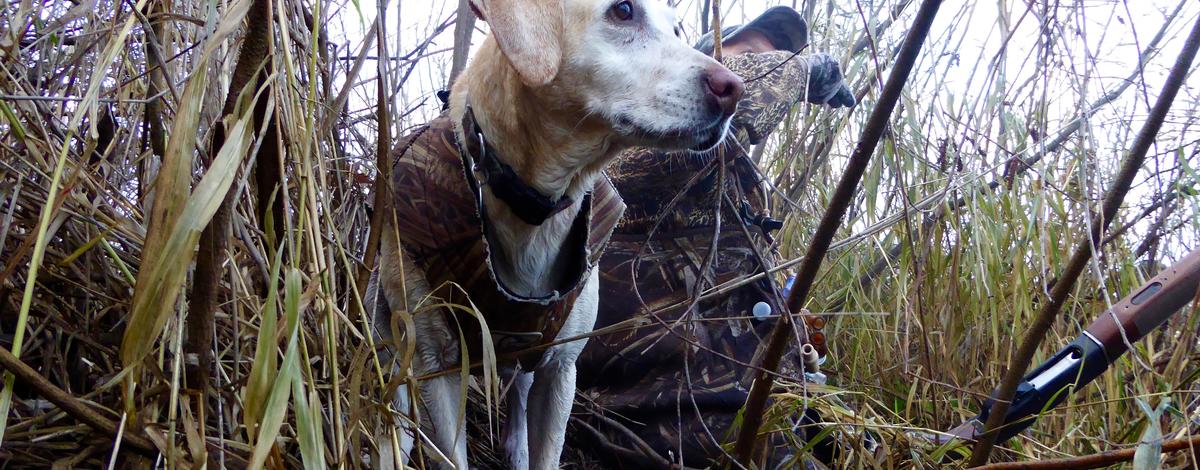The U.S. Fish and Wildlife Service's annual North American waterfowl breeding and population habitat survey showed 2017 habitat conditions were similar to, or improved, compared to 2016, with a few exceptions. In the traditional survey areas across North America, the total duck population estimate was 47.3 million birds, which is similar to the 2016 estimate of 48.4 million, and 34 percent higher than the long-term average from 1955 to 2016.
The federal harvest information program estimates, on average, over 16,000 hunters harvest over 237,000 ducks and 63,600 Canada geese in Idaho annually. Mallards comprise over 65 percent of the annual duck harvest.
The top-five most harvested ducks in Idaho include mallards, American wigeon, American green-winged teal, gadwall, and common goldeneye. Idaho hunters harvest more Canada geese and common goldeneyes than any other state in the Pacific Flyway.
Breakdown by species across North America
Estimated mallard abundance was 10.5 million, which was 11 percent lower than the 2016 estimate of 11.8 million, but 34 percent above the long-term average of 7.9 million.
Estimated abundance of gadwall was 4.2 million, which was 13 percent higher than the 2016 estimate and 111 percent above their long-term averages of 2 million.
Northern pintail abundance of 2.9 million was similar to the 2016 estimate and 27 percent below the long-term average of 4 million.
Regional report
Idaho’s mallard harvest is derived primarily from southern Alberta and the Intermountain Region of the U.S. (Idaho, eastern Oregon, western Montana). The total duck estimate in southern Alberta was 28 percent above the 2016 estimate and 49 percent above the long-term average.
In Oregon, the estimate was 12 percent above 2016, but 9 percent below the long-term average.
“While Idaho does not conduct a breeding population survey, above average winter and spring precipitation should translate to very strong local waterfowl populations as we begin the 2017 waterfowl season,” said Jeff Knetter Upland Game and Migratory Game Bird Coordinator for Fish and Game.
Canada geese
The population index for Canada geese in the Rocky Mountain population indicates goose numbers this year are very similar to the number estimated last year and has remained relatively stable over the last 10 years.
Pacific Flyway, populations and habitat report
On a regional level, above-average snowfall and average to above- average winter and spring rains at lower elevation greatly improved breeding waterfowl habitat conditions in the Pacific Flyway for 2017.
NOTE: Idaho is not part of the survey area.
California
The 2017 California total duck estimate was similar to 2016 but 29 percent lower than the long-term average. The 2017 mallard estimate was similar to 2016, but 42 percent lower than the long-term average.
Habitat
Good habitat conditions were noted across the survey area due to abundant precipitation (both rain and snow).
Oregon
The 2017 Oregon total duck estimate was similar to 2016 and the long-term average. The 2017 mallard estimate was similar to 2016, but 21 percent below the long-term average.
Habitat
Habitat conditions in Oregon were much improved relative to the past several years and were good to excellent in all surveyed areas. Some areas of southcentral and southeastern Oregon had basins and playas with water for the first time in a decade or more. Many playas and dugout ponds throughout the high desert were flooded as well.
Washington
The estimate for total ducks in Washington (242,200) was 99 percent above the 2016 estimate (121,500) and 44 percent above the long-term average of 167,400. The mallard estimate in Washington was 103,400, which was 72 percent higher than last year’s estimate of 60,000, and 29 percent above the long-term average.
Habitat
Overall water availability was the among wettest seen in 20 years, particularly through the Potholes and Channeled Scablands region, where potholes and ponds were plentiful. Reservoirs throughout eastern Washington were at or above 100 percent capacity with associated flooding of fields and pastures.
British Columbia
The 2017 British Columbia total duck estimate was 350,500, which was similar to the 2016 estimate and the long-term average. The 2017 mallard estimate (70,900) was similar to 2016 and the long-term average.
Habitat
In general, May 2017 habitat conditions were fair to good in the prime breeding waterfowl areas in southern British Columbia and good in the northern Interior.
Here's the full 72-page 2017 Waterfowl Population Status for 2017.

